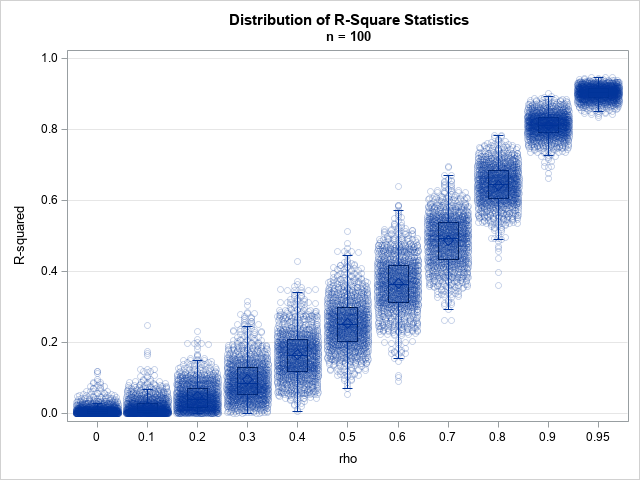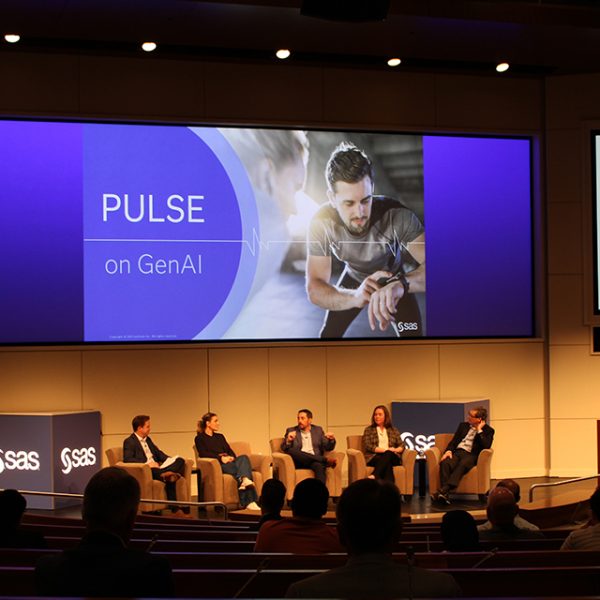
GenAI's creative and analytical capabilities, integrated with IoT devices' connectivity and data insights, could lead to remarkable advancements. The market could become a mega-value creator, potentially exceeding $4.5 trillion by 2030. Discussions around this convergence were the focal point of a panel during the 2024 IoT Slam held at SAS


















































